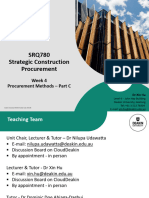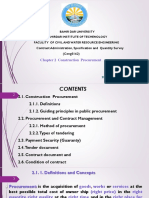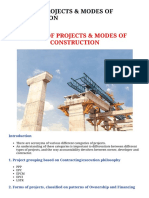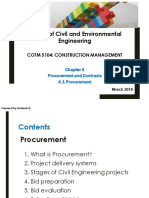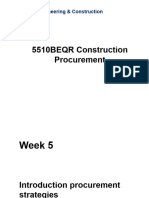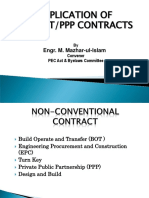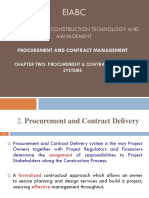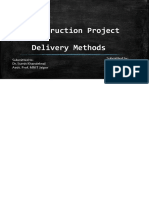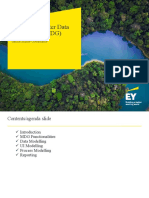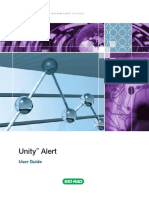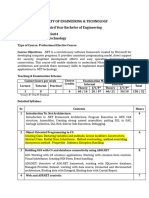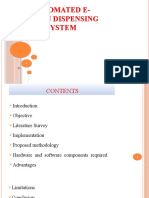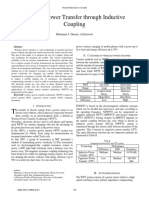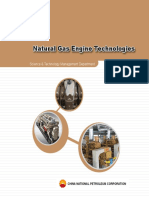0% found this document useful (0 votes)
44 views32 pagesMCS504 Pre-recordedLecture Topic1 v1
The document discusses project management topics including defining a project, different project delivery mechanisms, and the role of a project manager. A project is a temporary endeavor with a unique scope, schedule, and required resources. Common project delivery mechanisms include lump sum turnkey, design-bid-build, design-build, design-build-operate, engineering procurement construction, and engineering procurement construction management. The role of a project manager is to plan, execute, and close a project.
Uploaded by
Mona RezCopyright
© © All Rights Reserved
We take content rights seriously. If you suspect this is your content, claim it here.
Available Formats
Download as PDF, TXT or read online on Scribd
0% found this document useful (0 votes)
44 views32 pagesMCS504 Pre-recordedLecture Topic1 v1
The document discusses project management topics including defining a project, different project delivery mechanisms, and the role of a project manager. A project is a temporary endeavor with a unique scope, schedule, and required resources. Common project delivery mechanisms include lump sum turnkey, design-bid-build, design-build, design-build-operate, engineering procurement construction, and engineering procurement construction management. The role of a project manager is to plan, execute, and close a project.
Uploaded by
Mona RezCopyright
© © All Rights Reserved
We take content rights seriously. If you suspect this is your content, claim it here.
Available Formats
Download as PDF, TXT or read online on Scribd
/ 32



